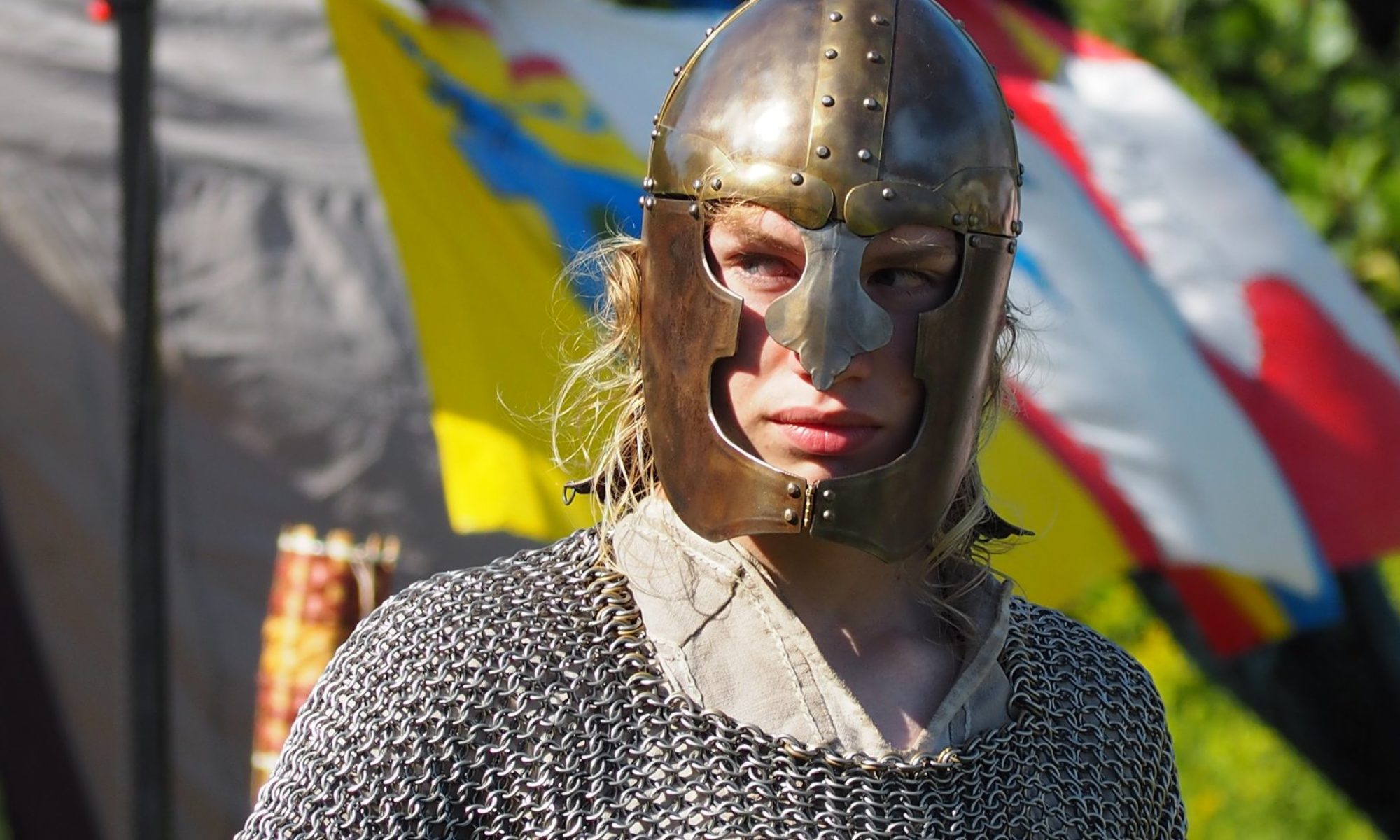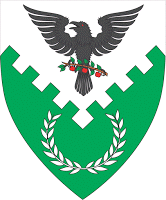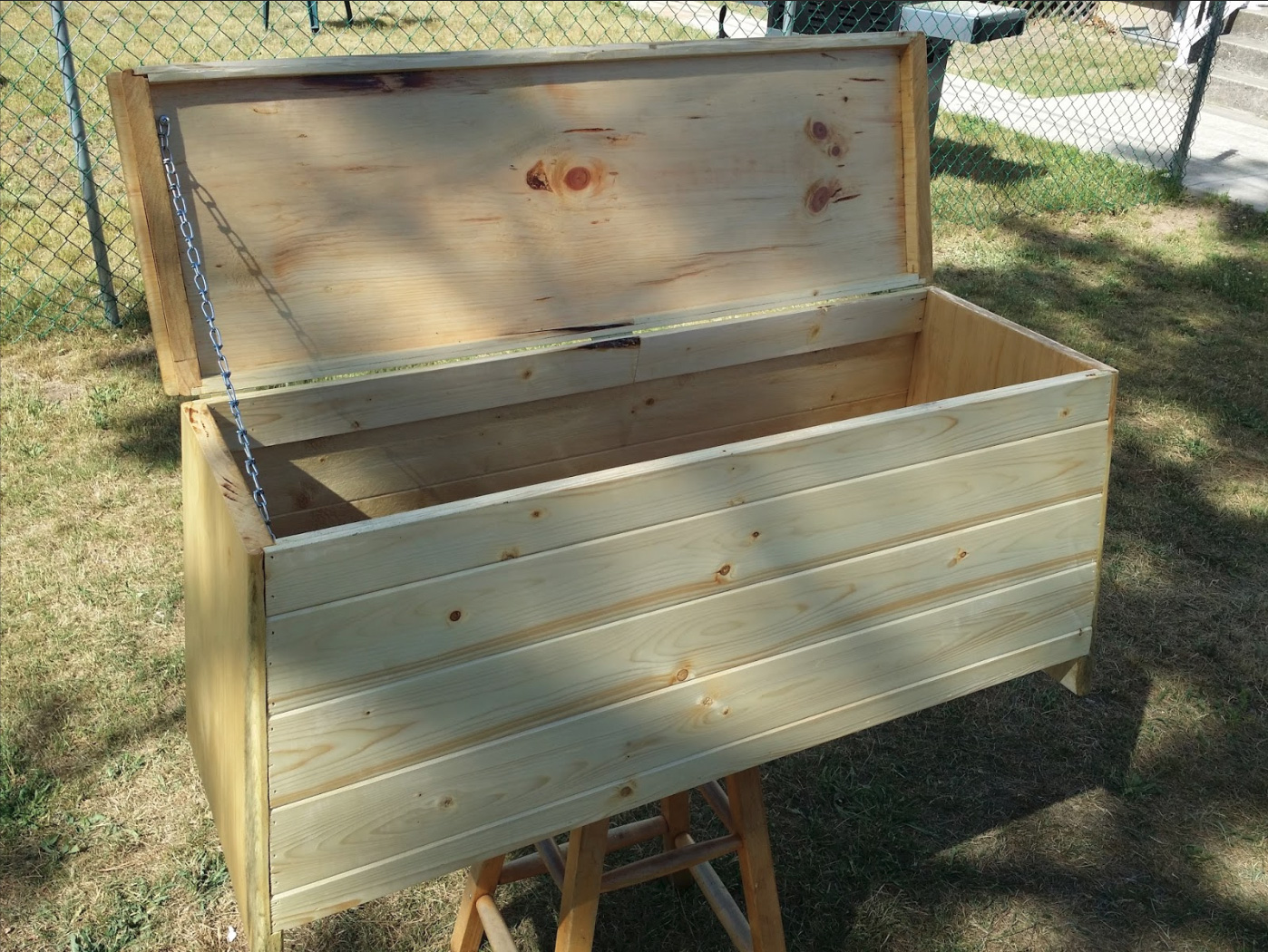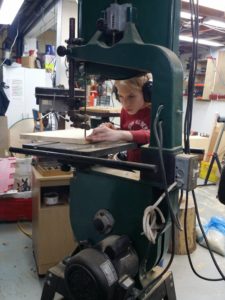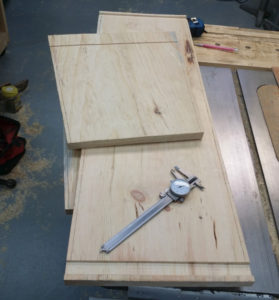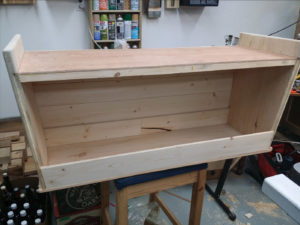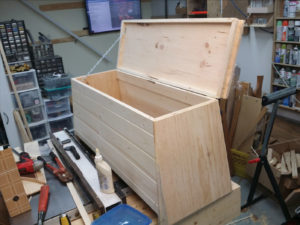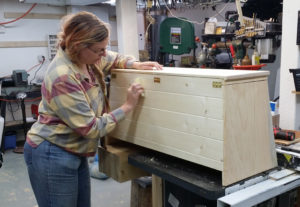By House Ravenspeak
These are based off the Oseberg and Gokstad rowing chests. We copied the Gokstad proportions fairly faithfully, and after using them for close to ten years, found them a solid, practical, and lightweight chest. One of our biggest changes was to make the front and back out of tongue-and-groove pine wainscotting boards. One package makes one chest, with actual proper boards for the top and sides; the bottom, which of course is usually not visible, is just some plywood.
The top and sides provide the bulk of the strength, while the wainscotting front and back provide lateral stability while keeping the weight down. These are surprisingly light!
You will notice as well that the sides extend down into legs, keeping the bottom slightly off the ground. This seems to have been a pretty standard design for Norse rowing chests (they sat on these sea chests, rather than benches), and it allows for water to slosh along beneath the chest while still keeping the contents dry. When camping, they keep the contents out of the damp and mud; and are more stable to sit or stand upon than one with the entire bottom in contact with uneven ground.
Also, the sides and back are not completely vertical; they kick out at five degrees. This makes them more stable, and allows them to stack. Empty, we’ve had them stacked as much as five high, and they could probably go higher; it’s just hard to reach after five. Even full, we’ve had them four high.
Once we get a second coat of varnish on, we will add rope handles either side. The handles have a loop in them that allow a pole to be threaded through for carrying between two people, over the shoulder. Not really needed when there’s just garb in there; but handy if it’s full of portable holes. The loop prevents it from slipping sideways.
